Scholar Nicolae Coculescu
Nicolae Coculescu's name is tied to the Astronomical Observatory in Bucharest.

Christine Leșcu, 12.11.2016, 14:02
Born 150 years
ago and having passed away in early November 1952, Nicolae Coculescu had his
name tied definitively to the Astronomical Observatory built in Carol Park in
the Romanian capital city, Bucharest. In 2016, when we celebrate 150 years
since his birth, the Romanian Academy, through its Astronomical Institute, pays
tribute to his personality and at the same time celebrates a major stage in the
history of Romanian science. Here is Magda Stavinschi, author of a biography
called Nicolae Coculescu: A Life Among Stars, giving us a few details about
Coculescu’s life.
Magda Stavinschi: He was
born in Craiova and completed his primary and high school education at Carol
College, which at that time was the only high school in town. His father and
grandfather were actually named Cocu, and they had been born in present-day
Macedonia, in a large community of Aromanians who moved to Oltenia, in southern
Romania. They later had major contributions to the Romanian economy and
culture. After graduating from high school, with fairly good results, he came
to Bucharest to attend the University’s Department of Sciences, where young
people studied maths, physics and chemistry alike. He focused on mathematics,
and later on, on a branch of astronomy called celestial mechanics, which deals
with the motions of celestial objects. After graduation, he got a scholarship
in Paris, where he also did an internship at the Astronomical Observatory.
As
fortune had it, in 1893 a total eclipse of the Sun took place, observable from
Senegal, and a large team of French astronomers went there. With support from
the Romanian state, Coculescu accompanied the French team to make records of
the beginning and the end of the eclipse. After that, he returned to Paris to
present his Ph.D. thesis, coordinated by a leading expert in celestial
mechanics. Coculescu came back to Romania, as a professor with the Department
of Sciences, where he worked until 1937. He was also the dean of the Department
and, for a brief period, even pro-rector of the University of Bucharest.
It was during
this time, more specifically in 1908, that the Astronomical Observatory in
Carol Park was officially opened. It had been built several years before in the
eastern part of Bucharest, on Filaret hill. Nicolae Coculescu was the first
director of this observatory. Here is Magda Stavinschi again:
On April
1, 1908, scholar Spiru Haret, who was the Minister of Education, signed a
decree on the establishment of the Meteorological and Astronomical Institute.
At that time, a meteorological institute was operational in Carol Park, which
included an astronomy section. As it was natural, meteorology then got
separated from astronomy, in 1920. Coculescu was not only the first director of
this institute. He was actually the one who laid the cornerstone of this
building. He was the one who commissioned all the items and equipment there,
from building materials to scientific instruments. The two instruments ordered
by Coculescu at that time are now part of the national heritage. These are his
key merits.
Retired in 1937,
Coculescu lived until 1952, and witnessed the first years of the communist
regime, which he disagreed with and which, in turn, denied his accomplishments,
as Magda Stavinschi told us:
The last
part of his life was terrible for him. Except for some degree of international
recognition, in the form of an award granted by the French Academy of Sciences,
he struggled hard for survival during those years. He had got to a point where
his pension only covered the price of a glass of milk in the morning and one in
the evening. It was probably his Aromanian resilience that enabled him to
survive to a relatively old age and to cope with all problems.
All the major
events in Nicolae Coculescu’s life are discussed in separate chapters in Magda
Stavinschi’s book. Nicolae Coculescu: A Life Among Stars is a page-turner,
just as exciting as a novel, writes another scholar, Basarab Nicolescu, on the
book jacket.






























